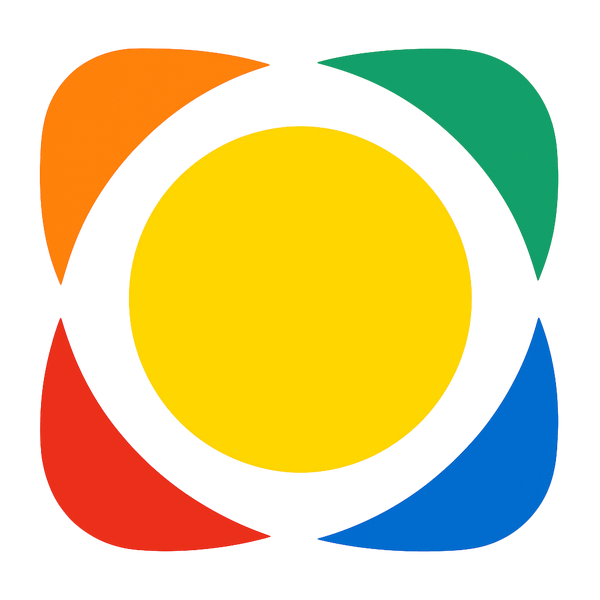Pulp Packaging: Types, Processes, and Applications
Share
In recent years, pulp packaging has stepped out from behind the scenes to take center stage.
Most people immediately think of it as an “eco-friendly” option—but in reality, pulp packaging is much more versatile than that.
Depending on the process and raw material, it can take on completely different looks, textures, and uses.
1. Process
1.1 Wet-pressed pulp is often chosen for premium products. Molded while still moist, it delivers a smooth finish and fine details, making it ideal for electronics and luxury gift packaging. The clean, minimal feel of a smartphone box? That’s usually the work of wet-pressing.

1.2 Dry-pressed pulp, on the other hand, is the pragmatic choice. Formed under high temperature and pressure, it is stronger and more durable, suited for disposable food containers, industrial trays, or even replaceable cat litter boxes.

2. Materials
2.1 Corrugated pulp plays the role of the “protector.” As a recyclable pulp raw material, corrugated cardboard is an ideal choice for molded fiber production. By repulping waste corrugated boxes, we turn waste into value, giving new life to products.

2.2 Wood pulp Sourced from sustainably managed forests, wood is a durable and biodegradable material, making it an ideal choice for supporting global sustainability goals.

2.3 Sugarcane Bagasse, a byproduct of the sugarcane industry, bagasse is an eco-friendly, biodegradable, and compostable material. It supports the circular economy by helping reduce waste.

2.4 Bamboo is a fast-growing, renewable resource that self-regenerates and reduces reliance on wood. It's an excellent choice for eco-friendly production.

3. Summary
3.1 Corrugated Pulp
Applications: Cushioning fillers, liners, molded trays.
Products: Shipping boxes, furniture parts, outer packaging for electronics.
Features: Made from recycled cardboard, low cost, lightweight, good cushioning performance.
3.2 Wood
Applications: Rigid molded trays, liners, protective corners.
Products: Heavy electronics, large home appliances.
Features: High strength, structural stability.
3.3 Sugarcane Bagasse
Applications: Tableware, food packaging, industrial liners.
Products: Egg cartons, disposable meal boxes, phone liners.
Features: Eco-friendly, biodegradable, smooth surface.
3.4 Bamboo
Applications: High-end consumer packaging, eco-friendly tableware, electronic inserts.
Products: Cosmetic boxes, wine gifts, tablet liners.
Features: Renewable, smooth fibers, good texture.
3.5 Mixed Materials
Mixing is a common practice to combine the benefits of different materials. Purpose: Enhance performance, reduce costs, balance sustainability.
Such as
Wood pulp and sugarcane bagasse: Mixed for electronics packaging; wood pulp provides strength, while sugarcane bagasse adds smoothness;
Sugarcane bagasse and corrugated pulp: Mixed for lightweight product packaging; sugarcane bagasse offers aesthetic moldability, while corrugated pulp lowers cost and provides cushioning.
It not only fits the global push for sustainability but also reshapes our understanding of packaging design and functionality.

